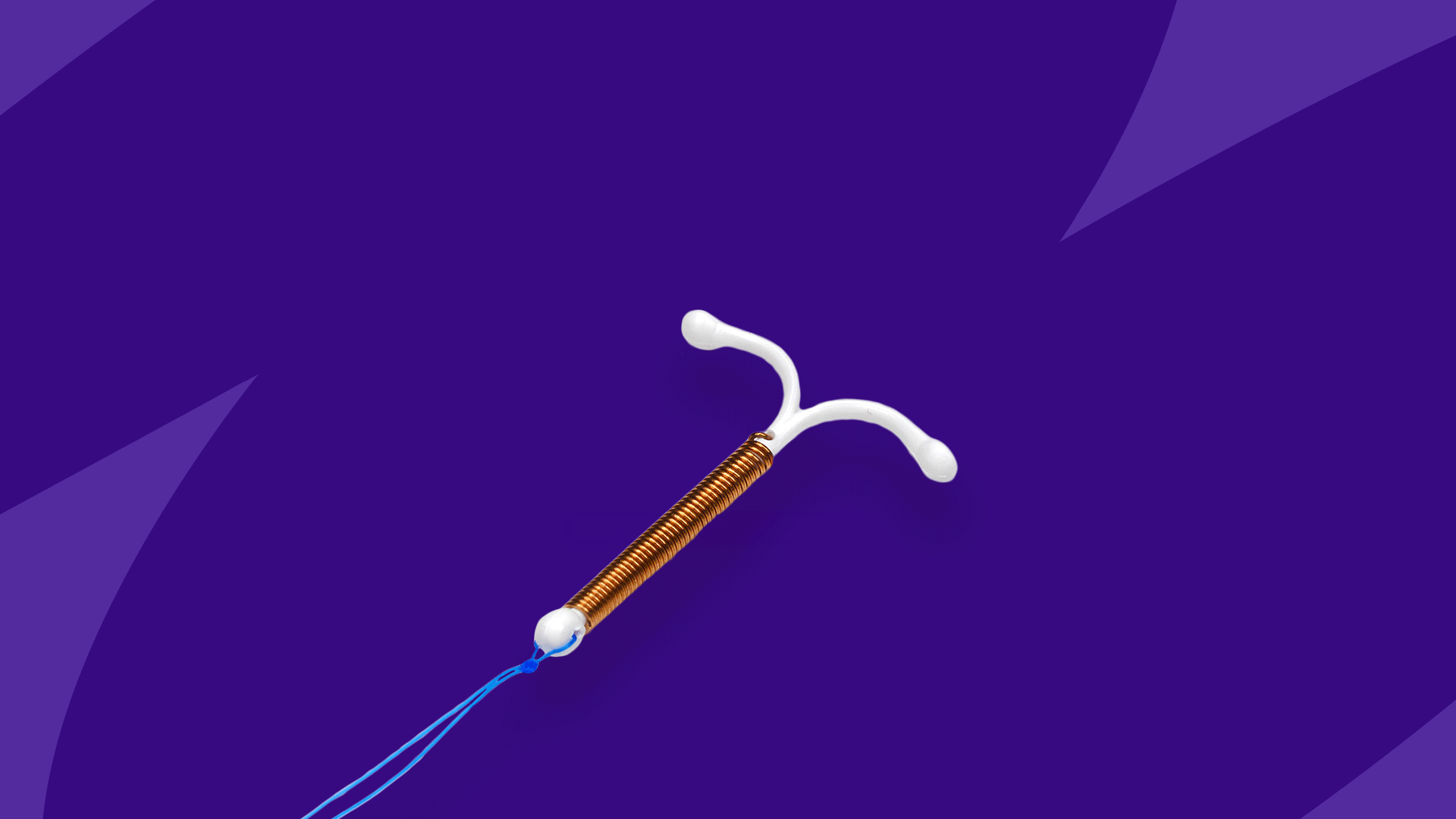Is Skyla covered by insurance | How much does Skyla cost without insurance? | How to get Skyla without insurance
Skyla is a brand-name intrauterine system, that is, an intrauterine device (IUD) that steadily releases the progestin levonorgestrel to prevent ovulation and pregnancy. As an IUD, Skyla must be inserted by a healthcare professional. Once implanted in the uterus, Skyla steadily releases levonorgestrel for three years, at which point the device must be removed or replaced by a healthcare professional. Although the cost of the device and insertion procedure can be high, the long-term cost is about the same as brand-name daily birth control pills. Still, the upfront cost can be prohibitive without insurance coverage, but women do have options that can significantly reduce Skyla’s costs.
Is Skyla covered by insurance?
Women with commercial health insurance or Medicaid can expect to have Skyla covered since this is mandated by the Affordable Care Act (ACA). Still, there may be issues. Some insurance companies, for instance, may only cover one IUD brand. Also, women with Medicare coverage can be denied coverage.
How much does Skyla cost without insurance?
Without insurance coverage, the full retail price for the Skyla device is $1,283. That price does not include the uterine insertion procedure or pre-insertion sexually transmitted infection (STI) and pregnancy tests. However, when Skyla’s total cost is averaged out for its three-year lifespan, Skyla costs about $36 for each month of hormonal birth control.
Among the four FDA-approved hormonal IUDs available in the U.S., Skyla is one of the least expensive. However, women could opt for a non-hormonal IUD called Paragard which prevents pregnancy. There are also many other birth control options including birth control pills, hormonal implants, hormonal transdermal patches, hormone shots, vaginal rings, and barrier contraception (e.g., male condoms, female condoms, sponges). They all have their pluses and minuses. However, some will be considerably cheaper than an IUD when averaged out over three years, particularly over-the-counter methods like barrier contraception. However, not all will be as effective as hormonal IUDs. In particular, some of these options require faithful compliance, such as always using a barrier contraceptive or taking a daily birth control pill. They often fail because they’re not used correctly.
Compare Skyla prices to related drugs |
|||
|---|---|---|---|
| Drug name | Price without insurance of brand-name drug | SingleCare price | Savings options |
| Skyla
(levonorgestrel IUD) |
$1,283 per intrauterine device | $865 per Skyla intrauterine device | See updated prices |
| Paragard
(copper IUD) |
$1,123 per intrauterine device | $938 per Paragard intrauterine device | See updated prices |
| Liletta
(levonorgestrel IUD) |
$1,174 per intrauterine device | $847 per Liletta intrauterine device | See updated prices |
| Mirena (levonorgestrel IUD) | $1,312 per intrauterine device | $1,037 per Mirena intrauterine device | See updated prices |
| Kyleena
(levonorgestrel IUD) |
$1,384 per intrauterine device | $1,037 per Kyleena intrauterine device | See updated prices |
Prescription drug prices often change. These are the most accurate medication prices at the time of publishing. The listed price without insurance references the price of brand-name drugs. The listed SingleCare price references the price of generic drugs if available. Click the link under “Savings options” to see updated drug prices.
How to get Skyla without insurance
Intrauterine systems like Skyla have a large upfront cost of a thousand dollars or more, making them unaffordable for many women lacking health insurance. Bayer, the manufacturer of Skyla, does offer a patient assistance program, but not every woman can meet the eligibility requirements. Here are five more proven ways to get Skyla without insurance.
1. Use a SingleCare savings card
For women without health insurance—or those denied coverage—start by determining if a free Skyla coupon from SingleCare can be used at a specialty pharmacy or if the device can be purchased through a participating pharmacy. This could reduce the cost of the device by $400.
2. Try a Title X clinic
Both Skyla and the medical procedures to implant and remove the device may be had at low cost or for free from Title X clinics: women’s health clinics, reproductive health clinics, and Planned Parenthood. STI and pregnancy testing are often free, as are some forms of birth control. An IUD and uterine insertion could be discounted or free.
3. Or visit a 340B provider
Some hospitals or community health clinics, called 340B providers, may also be able to discount the cost of an IUD and its insertion. A local health department can supply addresses and phone numbers for local 340B providers providing reproductive services.
4. Enroll in Medicaid
According to the Kaiser Family Foundation, many state Medicaid programs will cover all IUD costs. Some states may not, however, so check with your state’s health department for additional information, eligibility criteria, and enrollment forms.
5. Get medical advice about other forms of birth control
If Skyla is unaffordable, there are other low-cost and effective methods of birth control. Combination birth control pills are as reliable as Skyla and, when purchased as generics, usually cheaper when averaged out month after month. Hormonal implants are also as effective as Skyla, but may cost more than birth control pills. Both prescription and over-the-counter barrier methods are low-cost or even free, but they are slightly less effective at preventing pregnancy. However, they’re almost as effective as IUDs when used correctly and with spermicide. In addition, they have few or no side effects and can prevent sexually transmitted infections (STIs). All are good alternatives. The prescribing healthcare provider or a clinic counselor can help sort out the options.











